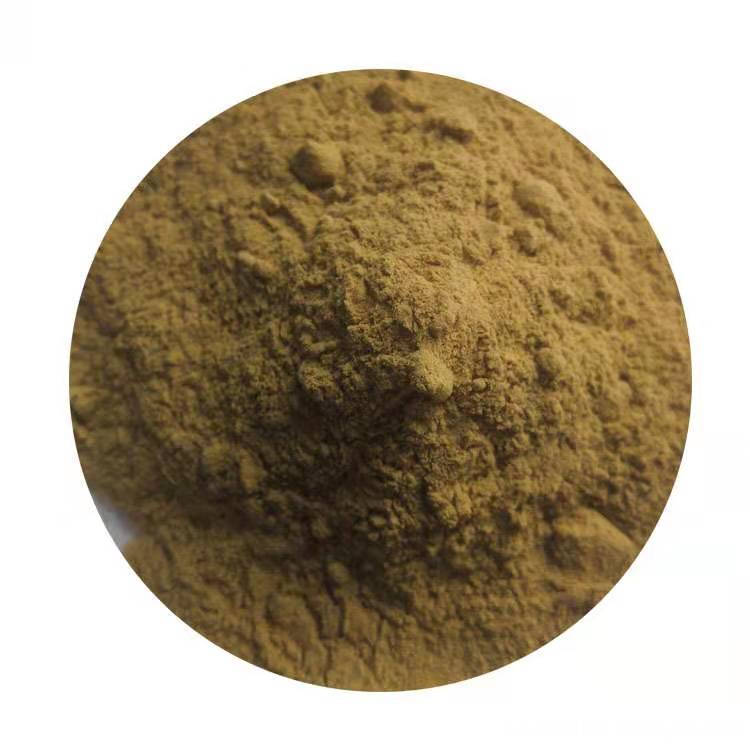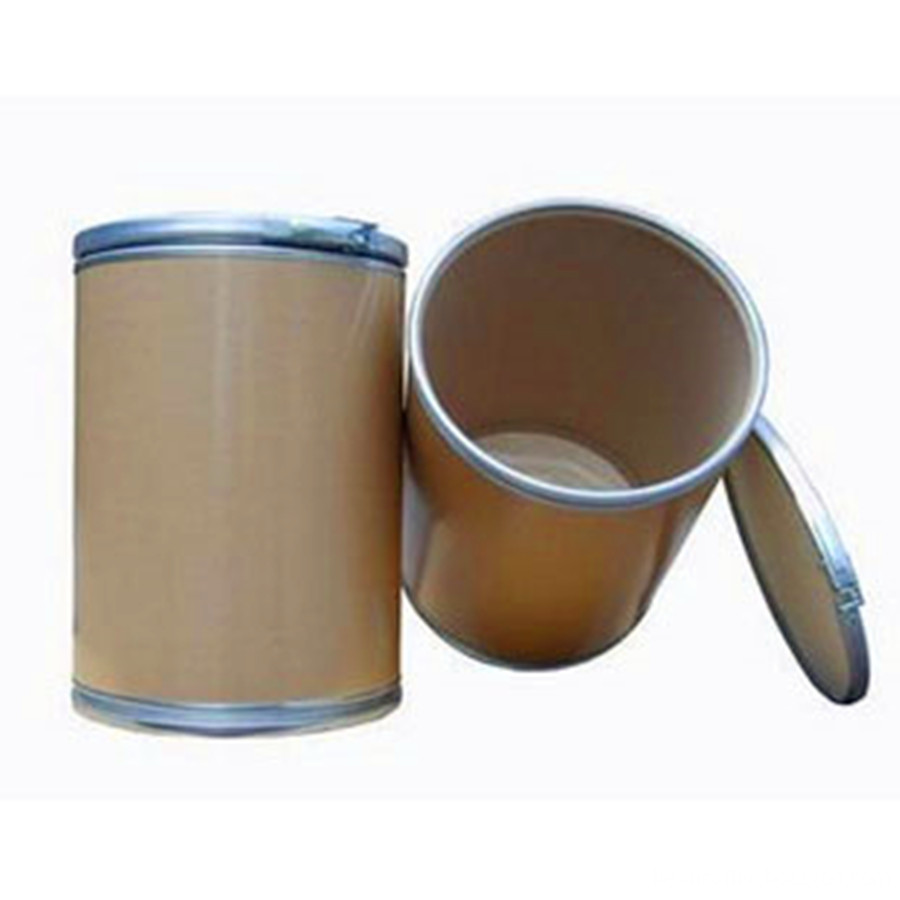Scientific name: Paeonia suffruticosa (Andrews).
Common Names: Kao, Luoyang Flowers, Wood Spoon Medicine
Family and Genus: Ranunculaceae, Medicinal Genus
Origin:
The peony is native to the Qinling Mountains in northwestern China. It typically grows on hillsides and forest edges at elevations around 1,500 meters. This region provides the ideal climate for its growth, with cool summers and cold winters.
Morphological Characteristics:
Peonies are deciduous shrubs that can grow between 0.5 to 2 meters tall, with older plants reaching up to 3 meters in height. Their branches are thick and smooth, and they develop dry shoots during the winter. The leaves are alternate, two to three times pinnate, with broadly ovate or ovate-oblong leaflets that are usually 3 to 5 lobed. The upper surface of the leaves is dark green or yellowish green, while the underside is grayish green, often covered with fine hairs. The lateral leaflets are shallowly divided and have an oblique shape. The leaf stalks are long, ranging from 8 to 20 cm, and have a concave surface.
The flowers are solitary on annual branches, bisexual, with numerous stamens and five carpels that are hairy. They are surrounded by a flower disk, and their diameter ranges from 10 to 30 cm. The colors are rich and varied, including red, yellow, pink, white, purple, blue, and more. The petals can be single or double, with single-flowered varieties having 5 to 10 obovate petals, often slightly lobed at the top.
Flowering season runs from April to May, with blooming times varying by region—mid to late April in Shanghai, early May in Beijing, and late April in Heze and Luoyang. The fruit is five-angled, containing 7 to 13 nearly round seeds with a diameter of 0.6 to 0.9 cm and a dry weight of 0.4 to 0.8 grams.
Growth Habits:
Peonies have specific climatic needs. They thrive in warm, dry, cool, and sunny conditions. While they are cold-resistant and can tolerate temperatures as low as -20°C, they are not heat-tolerant, and high temperatures can negatively affect flower bud formation and root development. Their roots are long and fleshy, so they prefer well-drained, loamy or sandy soils with good fertility, deep soil, and a neutral pH (6.5–7.5). In loamy soil, the moisture level should be around 50%.
Peonies are highly sensitive to waterlogging, even short-term exposure can cause serious damage. They require full sunlight but can tolerate partial shade during flowering. There's a saying that "peonies like a balance between sun and shade," which helps promote better blooms.
Over time, peonies have developed habits such as preferring cooler weather, avoiding excessive heat and moisture, and following a seasonal cycle of "spring growth, summer dormancy, autumn root development, and winter rest."
Reproduction Methods:
Peonies can be reproduced through both sexual and asexual methods. Common techniques include seed propagation, division, grafting, layering, and tissue culture. For best results, it's recommended to plant new peony areas one to two years after the initial planting.
Flowering Control:
To enhance ornamental value, select suitable varieties for potting and cultivate them to bloom around major holidays like National Day or the Spring Festival.
Pest Problems:
Common pests include long-horned beetles and scale insects on the surface, and cockroaches, nematodes, and ground beetles underground.
Prevention Methods:
1. Use poison baits made from wheat bran to eliminate pests. 2. Use artificial lighting to trap and kill them. 3. Apply phoxim to the soil surface. 4. For scale insects, cut off infested parts or spray with 1000–1500-fold diluted 1605 or 2000-fold diluted solutions. 5. For long-horned beetles, use aluminum phosphide fumigation.
Garden Uses:
Peonies symbolize prosperity and good fortune in Chinese culture. With their large, beautiful blossoms and pleasant fragrance, they have been cherished by people for centuries. In gardens, they are often planted in groups or as standalone specimens, and some special gardens are dedicated to their cultivation and study. They are also popular for cut flower production and potted plant displays.
Coffee Green Hydrochloric Acid
Green coffee bean extract is made from the green beans of the coffea Arabica plant.
There are two types of coffee plants, arabica and robusta. The arabica is higher in quality and higher in chlorogenic and caffeic acids, two primary compounds responsible for anti-oxidant activity. Coffee might have anti-cancer properties, and researchers found that coffee drinkers were 50% less likely to get liver cancer than nondrinkers.
Product features:
1. Special large package for industrial raw material sales(10kg/20kg);
2. 100% pure coffee;
3. Good instant solubility;
4. Stable raw material origin and long-term supply
Functions:
Losing weight.
Anti-virus; Anti-bacteria; Anti-cancer; Anti-aging; Anti-infectious.
Lowering toxicity.
Lowering blood pressure.
Reducing the risk of diabetes.
Help with muscle fatigue for athletes and bodybuilders.
Green coffee bean has strong anti-oxidant properties similar to other natural anti-oxidants like green tea and grape seed extract. Green Coffee Beans have polyphenols which act to help reduce free oxygen radicals in the body. Green coffee bean extract is sometimes standardized to more than 50% Chlorogenic Acid. Chlorogenic Acid is the compound present in coffee which has been long known as for its beneficial properties. This active ingredient makes green coffee bean an excellent agent to absorb free oxygen radicals; As well as helping to avert hydroxyl radicals, both which contribute to degradation of cells in the body.
Coffee Bean Extract,Robusta Coffee Extract,Pure Green Coffee Bean Extract,Coffee Green Hydrochloric Acid
Yunnan New Biology Culture Co,.Ltd , https://www.lvsancoffee.com